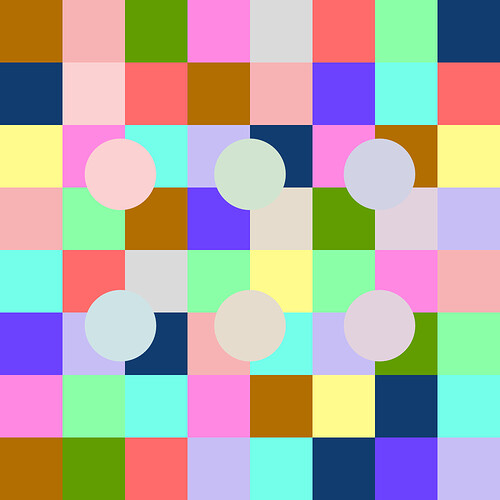What is a “better” proposal?
These are literally the exact same subject Daniele just published the video on additivity about I believe.
Uttering the term “Display Rendering Transform” is part of the problem in my estimation. The mechanism is not “conveying” the “stimuli” of the open domain colourimetry given that the pictorial depiction is a separate entity.
It would seem the question is precisely the same as @ChrisBrejon’s below. But we are all skirting around the harder question as to analyzing why there is a problem. Nothing to do with “clips” or “gamuts” or any of that nonsense, as our visual cognition system has no agency to those abstract human ideas. We are only cognizing the fields of energy, and as such, we probably need to figure out what is going on there?
“Hue” is a cognitive computation. It does not exist in the stimuli, and as such, it is erroneous to try and evaluate the “hue” without consideration of the spatiotemporal articulation.
Here’s an example of what is commonly referred to as “Gamut Expansion” and “Gamut Contraction”1 of the “instantaneous computation variation. Note how the discs, despite being identical stimuli, will generally have a higher probability of being “greater chroma” in the low frequency articulation versus the higher spatial frequency articulation swings:
Solid example that cuts to the chase of the foundation, Chris. It’s the elusive question that no soul in the forum seems able to answer without resorting to numbers and terms that don’t mean anything relative to our ability to parse the pictorial depiction.
Why is the pictorial depiction in the second example vastly more acceptable than the first?
—
1 EG: Ratnasingam, Sivalogeswaran, and Barton L. Anderson. “The Role of Chromatic Variance in Modulating Color Appearance.” Journal of Vision 15, no. 5 (April 29, 2015): 19. The role of chromatic variance in modulating color appearance | JOV | ARVO Journals.

